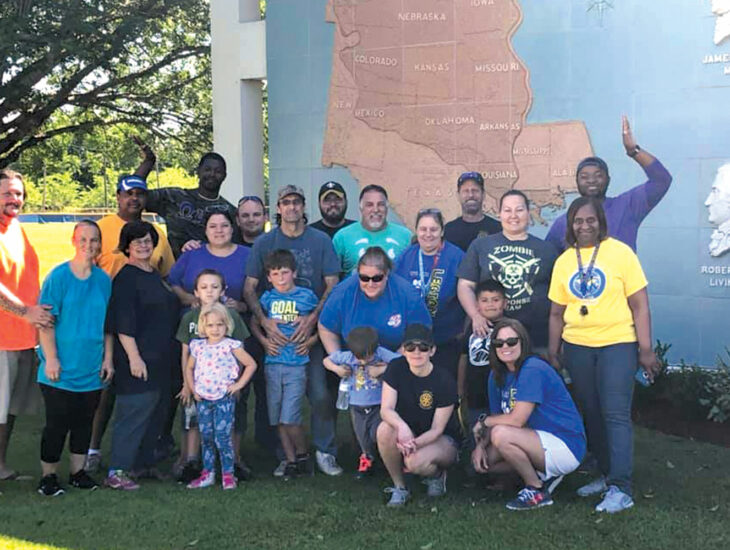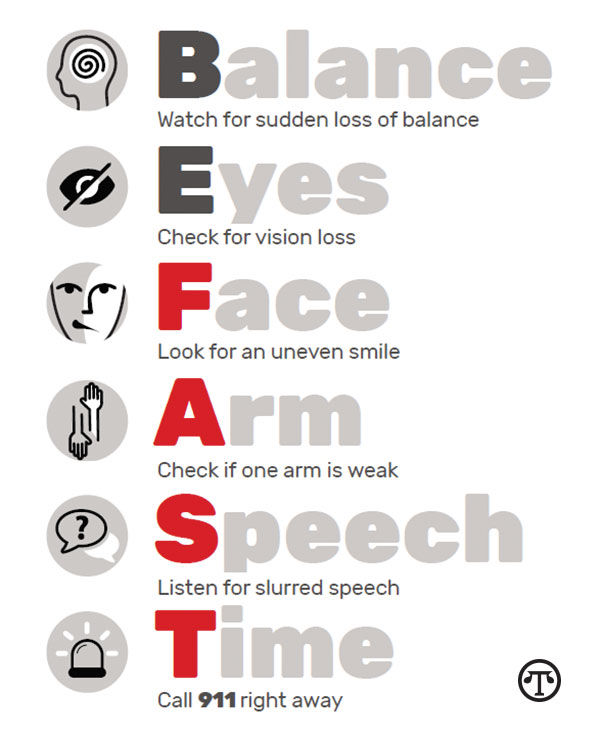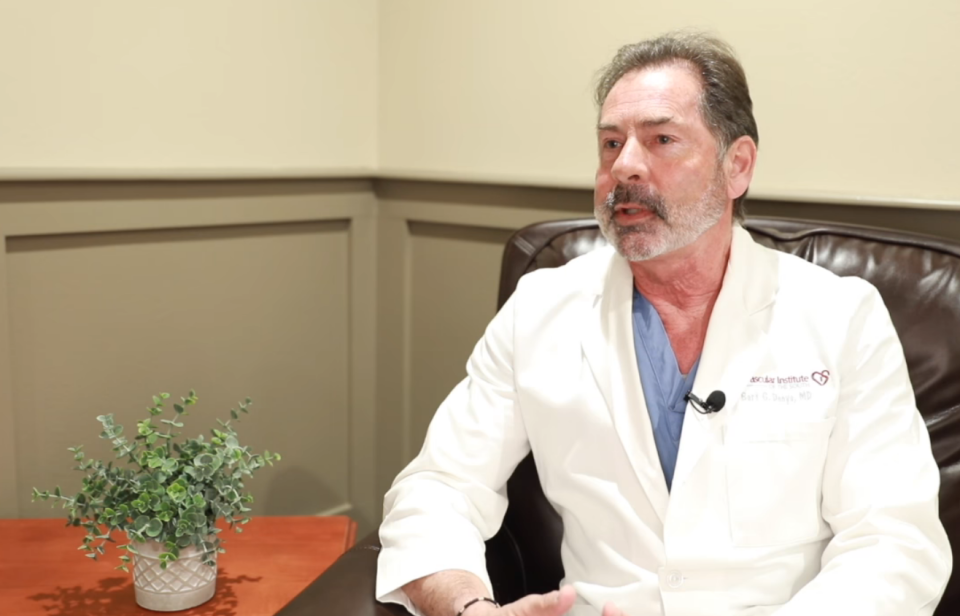
Legion Park Elementary School
May 1, 2019
Bayou Black Elementary
May 1, 2019(NAPSI)—A stroke can happen to anyone, of any age, at any time, so it’s important for everyone to learn and understand the signs and symptoms of stroke. The condition, also known as a “brain attack,” is the fifth leading cause of death in the United States and affects more than 795,000 people each year.
Stroke occurs when a blood vessel that carries oxygen to the brain is blocked by plaque (acute ischemic stroke) or ruptures and bleeds (hemorrhagic stroke). When it comes to treating stroke, every 10 minutes can save up to 20 million brain cells. That’s why it is crucial to recognize the signs of stroke and act with urgency. If you suspect stroke, call 911 immediately and seek medical attention.
Learn the signs to help make a difference
In more than 60 percent of stroke cases, someone other than the patient made the decision to seek immediate treatment. The signs of stroke can be subtle and hard to recognize, so educating yourself and others is key to noticing and responding quickly to the sudden onset of one or more of them. You might know the BE FAST signs of stroke but would you or your loved ones be able to identify all 10 signs and symptoms?
1. Confusion
2. Difficulty Understanding
3. Dizziness
4. Loss of Balance
5. Numbness
6. Severe Headache
7. Trouble Speaking
8. Trouble Walking
9. Vision Changes
10. Weakness
More than 6.5 million people in the United States are stroke survivors. If you experience a sudden onset of any of these symptoms or recognize the signs in someone else, don’t wait to seek help. It’s okay to overreact because when it comes to stroke, the right care—right away—has the potential to save lives.
Who’s at risk?
While certain risk factors of stroke, including age, race, gender or family history, are out of your control, there are many factors that you can manage to help reduce the chances of having a stroke.
Manageable risk factors of stroke include high blood pressure, atrial fibrillation (AFib), high cholesterol, smoking, diabetes, poor circulation, lack of physical activity, and obesity. Choosing healthy lifestyle choices, not smoking or using tobacco products, limiting alcohol consumption and exercising regularly can help greatly reduce your stroke risk.
Educating yourself on the signs, symptoms and risk factors of stroke, and empowering others to do the same, can make all the difference for someone experiencing a stroke. Trust your instincts and take action. Your quick action can help improve treatment and recovery from stroke.
To learn more about stroke and how to recognize all 10 signs and symptoms, visit www.strokeawareness.com.
BE FAST was developed by Intermountain Healthcare, as an adaptation of the FAST model implemented by the American Stroke Association. Reproduced with permission from Intermountain Healthcare. © 2011 Intermountain Healthcare. All rights reserved.
![]() “BE FAST when you suspect a stroke. Recognizing the signs and calling 911 can help a loved one get the medical attention he or she needs. http://bit.ly/2GViT43”
“BE FAST when you suspect a stroke. Recognizing the signs and calling 911 can help a loved one get the medical attention he or she needs. http://bit.ly/2GViT43”
On the Net:North American Precis Syndicate, Inc.(NAPSI)
BE FAST when you suspect a stroke. Recognizing the signs and calling 911 can help a loved one get the medical attention he or she needs. (NAPS)







